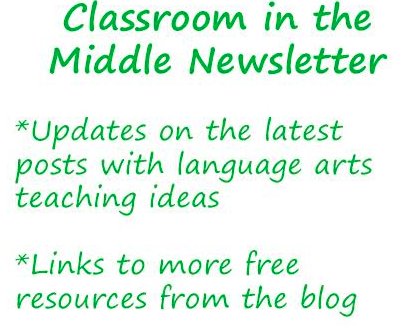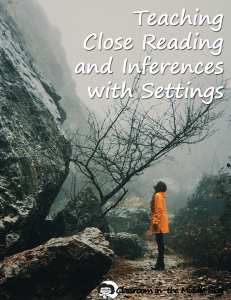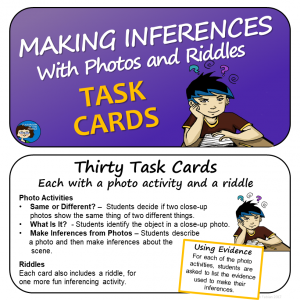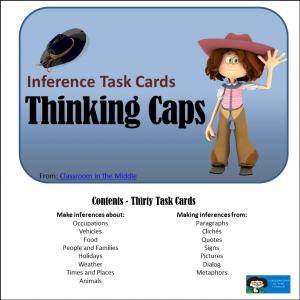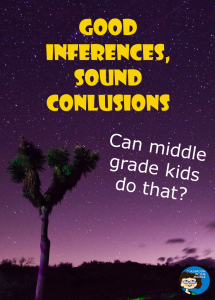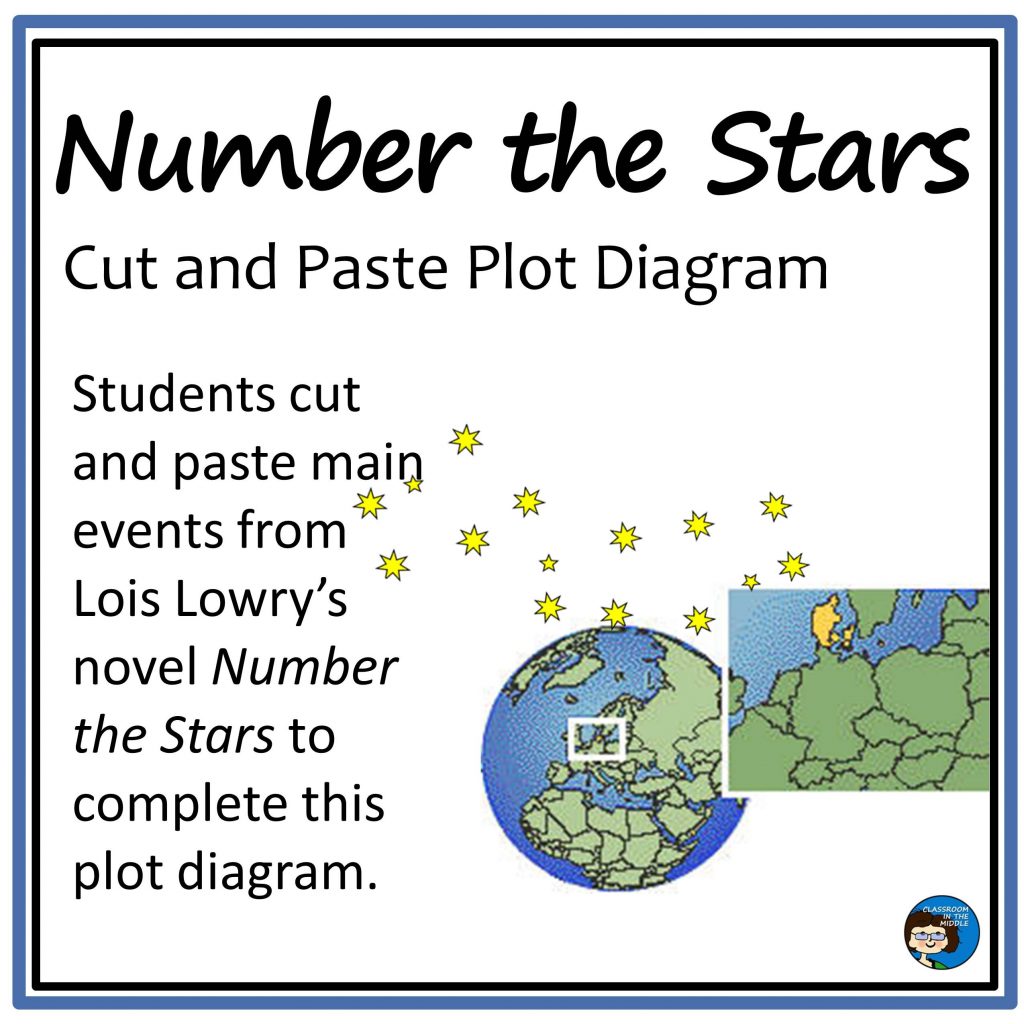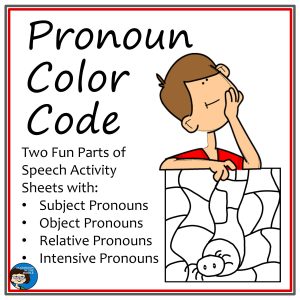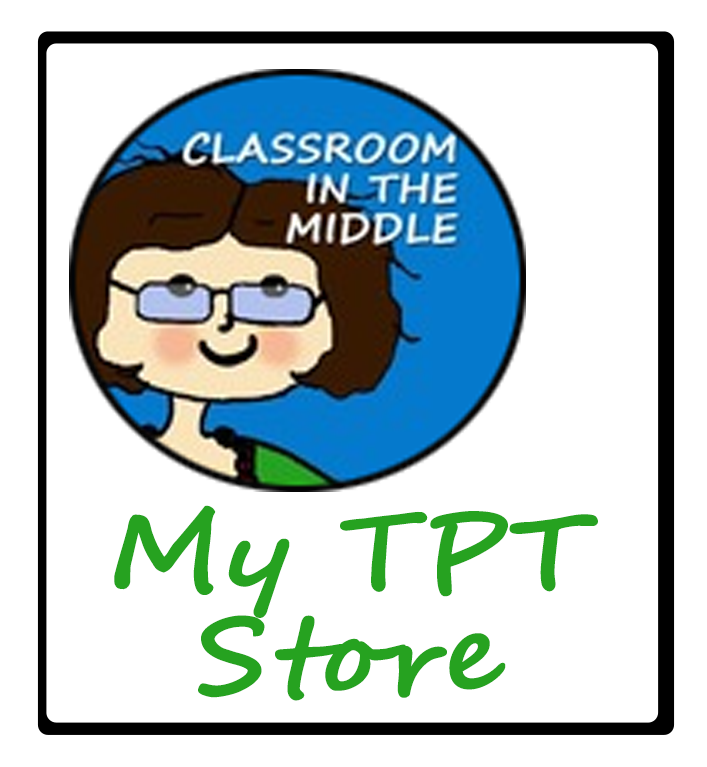Scientists aren’t always right. But they are pretty good when it comes to making inferences and drawing conclusions (using that scientific method of theirs). Wouldn’t it be great if kids took an approach that’s just a little bit more scientific when they are called on to make inferences or draw conclusions, even if it is in reading or language arts class? After all, making an inference is not just guessing (as you’ve probably told your kids on more than one occasion!): it’s more like making a hypothesis.
Kids can do that. They just need good information, and plenty of practice. Luckily, teachers love to teach this reading skill because it’s one that really gets their kids thinking! And,of course, if you’re in English or reading class, it’s all about using text-based evidence, something that kids will be doing throughout their “career” as a student.
Making an inference means putting together something that you have read, or observed, with something that you already know, whereas the term drawing a conclusion is often used to mean putting together two or more things that you have read, or observed. Either way, it’s basically putting two and two together, and in everyday use, the two terms ore often used interchangeably. But as with any math problem, when you put two and two together, you have to do it carefully, or you will get the wrong answer!
So what makes a good conclusion or inference. Basically, it’s two things – starting with good information, and using good thinking skills to put it together. Bad conclusions happen when you start with “facts” that are not totally right, or you interpret the facts in a wrong way. Here is a little poster that you can download now to illustrate this for your kids: Making Inferences and Drawing Conclusions chart.
Teaching kids about making good inferences is a natural lead in to a good media literacy lesson, too! After all, an inference is only as good as the information it’s based on. Misleading articles, “fake news,” and uninformed sources are all elements that play into bad conclusions in the end. It’s a great time to remind kids to “consider the source.”
And so what about when the kids get misled by some bad information or misinterpret something that they have read and make a wrong inference? No problem! Even someone who makes really good inferences, like a careful scientist, will be wrong sometimes. It’s great thing for kids to know that they can do all the steps right, and still get the “answer” wrong sometimes. In that case, they should just do what the scientist does when his or her hypothesis is wrong: look at more facts, think again, and make a new inference.
For another idea about teaching inferences, here’s a post I wrote a little while back about teaching inferencing skills using story settings as the source material.
Maybe making inferences is one of those things that every teacher has their own favorite way to teach. After all, it’s such an essential skill – at any grade level. And it is fun to teach! If you have a favorite way to teach inferencing, I would love to hear about it – just leave a comment below.
Related Resources

